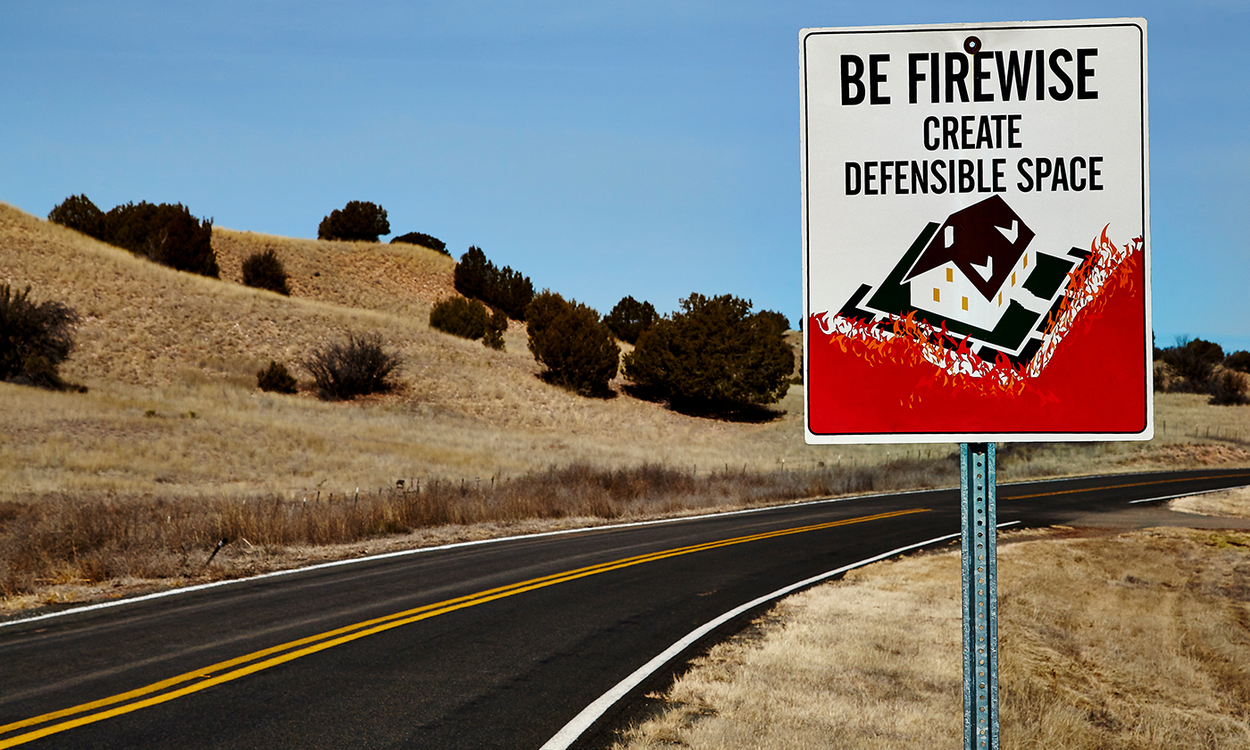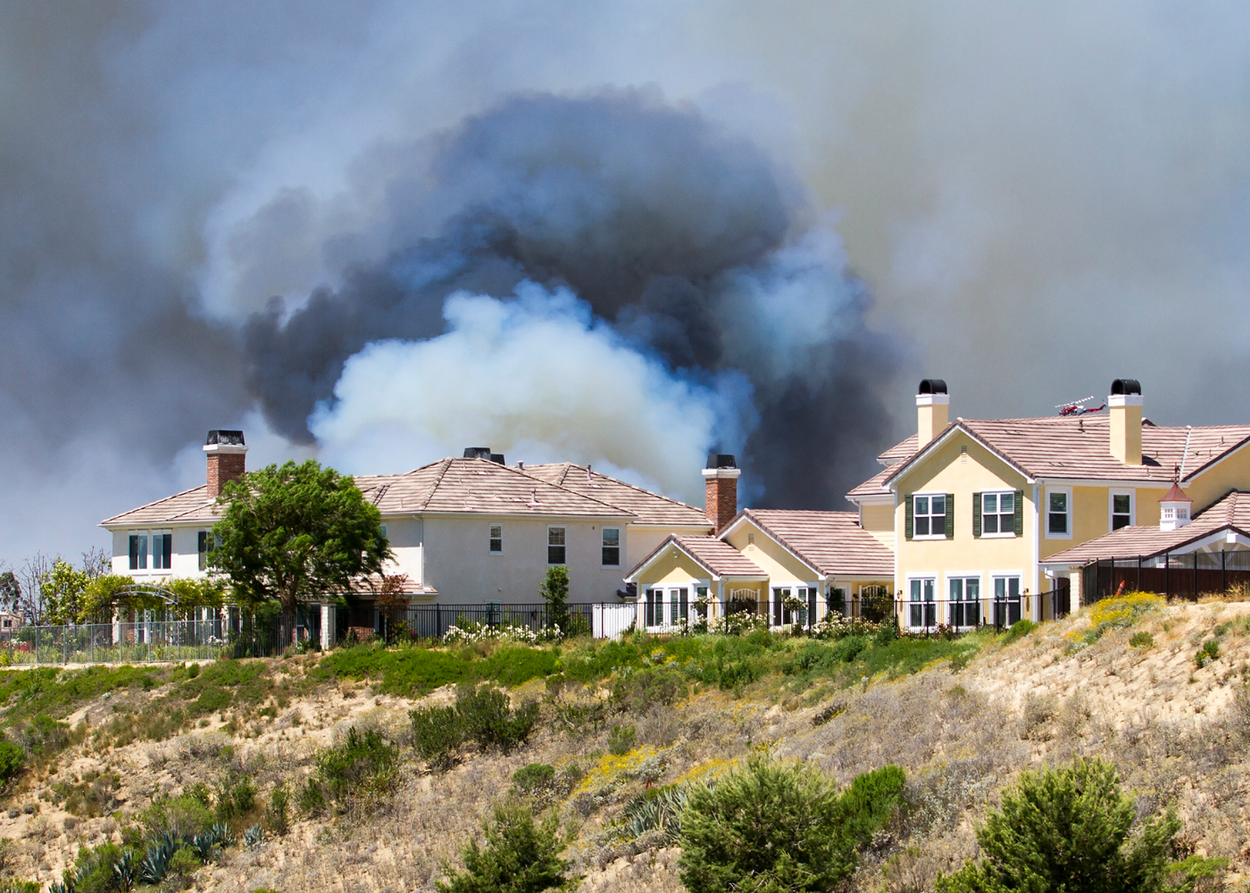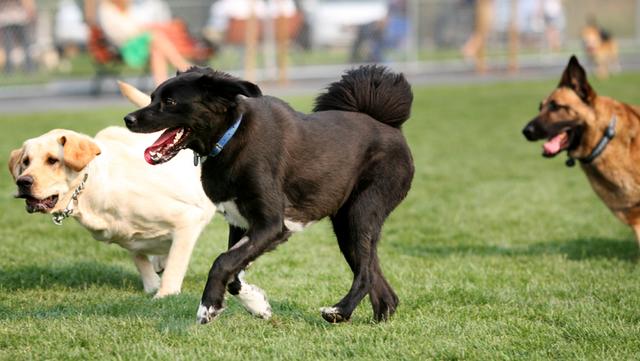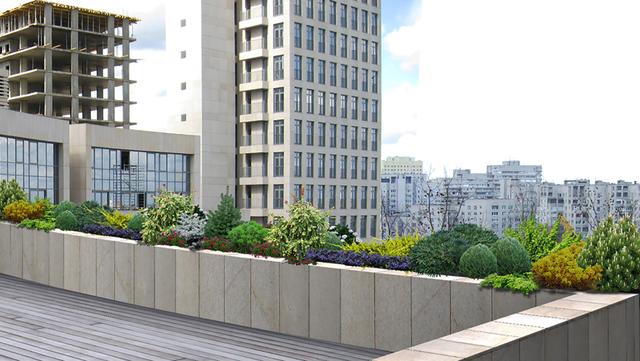
Let’s Be Clear: Weed Abatement is Important
Brush up on keeping your property safe
It’s time to brush up on weed abatement guidelines. And all puns aside, it’s a serious matter. Having a clear perimeter around your property could make a critical difference in the event of a fire. Let’s discuss the best way to keep your property safe.
What is Weed Abatement?
Simply put, weed abatement is the act of removing any vegetation from the perimeter of your property that could serve as fuel for a fire. Despite the name, it's not just about removing weeds, but rather, anything that could pose a hazard, including grass and vines. Since fires can happen anytime — not just during fire season — it’s best to maintain a defensible space all year-round.

What is Considered Defensible Space?
Think of defensible space as three concentric circles, extending outward from your property. Each circle provides a level of defense to slow or stop the spread of fire, with the innermost circle — the one closet to your home or building — subject to the most stringent measures.
Below, we’ll outline general best practices for each of these three zones.
Zone 0 (5-foot radius from structures): This what experts call your ember-resistant zone. The focus here is removing anything that could spread fire to the adjacent structure.
- Remove mulch, grass, or trees. Instead, replace with hardscape, such as concrete, gravel, or pavers.
- Remove dead vegetation from your roof or gutters.
- Trees with limbs that extend into this zone should be pruned to allow at least 10 feet of clearance.
Zone 1 (30 feet out): Greenery within this zone is OK, but with the following guidelines:
- Remove dead vegetation from your yard.
- Remove any vegetation near or under decks, balconies, and stairs.
- Prune trees to maintain at least 10 feet of space between them.
- Keep 10 feet of clear space to bare soil around outbuildings and liquid propane gas tanks. No flammable vegetation should exist within an additional 10 feet beyond this.
Zone 2 (30 – 100 feet out): The goal in this zone is to minimize fuel sources.
- Keep annual grass at a height of 4 inches or shorter.
- Maintain adequate horizontal and vertical spacing for shrubs, trees, and grasses. We recommend referencing this guidance from Cal Fire.
- Remove fallen leaves, needles, or branches in excess of 3 feet.
- Wood piles are allowed in this zone with a minimum of 10 feet clearance from surroundings, down to the soil.
- The same guidance for liquid propane gas tanks and outbuildings in Zone 1 applies here.
Depending on the wildfire risk where you are, your local officials may have additional guidance. Be sure to check with your fire authority for the latest or get in touch with your local BrightView team for additional help.

What Else Can You Do to Reduce Your Fire Risk?
First, and most importantly, make weed and hazard abatement part of your landscape regimen year-round. A good landscape partner can assess what’s required to bring your property up to speed with the latest recommendations and seamlessly handle those needs for you.
For additional protection, consider incorporating fire-resistant landscaping. A number of plants, such as French Lavender, Society Garlic, and Coreopsis, possess greater fire resistance thanks to a higher moisture content or less sap or resin. As an added bonus, many are also drought tolerant.
Staying on top of your weed abatement and the latest best practices can be difficult. Having the right landscape partner makes it easy. Connect with your local BrightView team, and gain peace of mind your fire mitigation strategies are in good hands.




